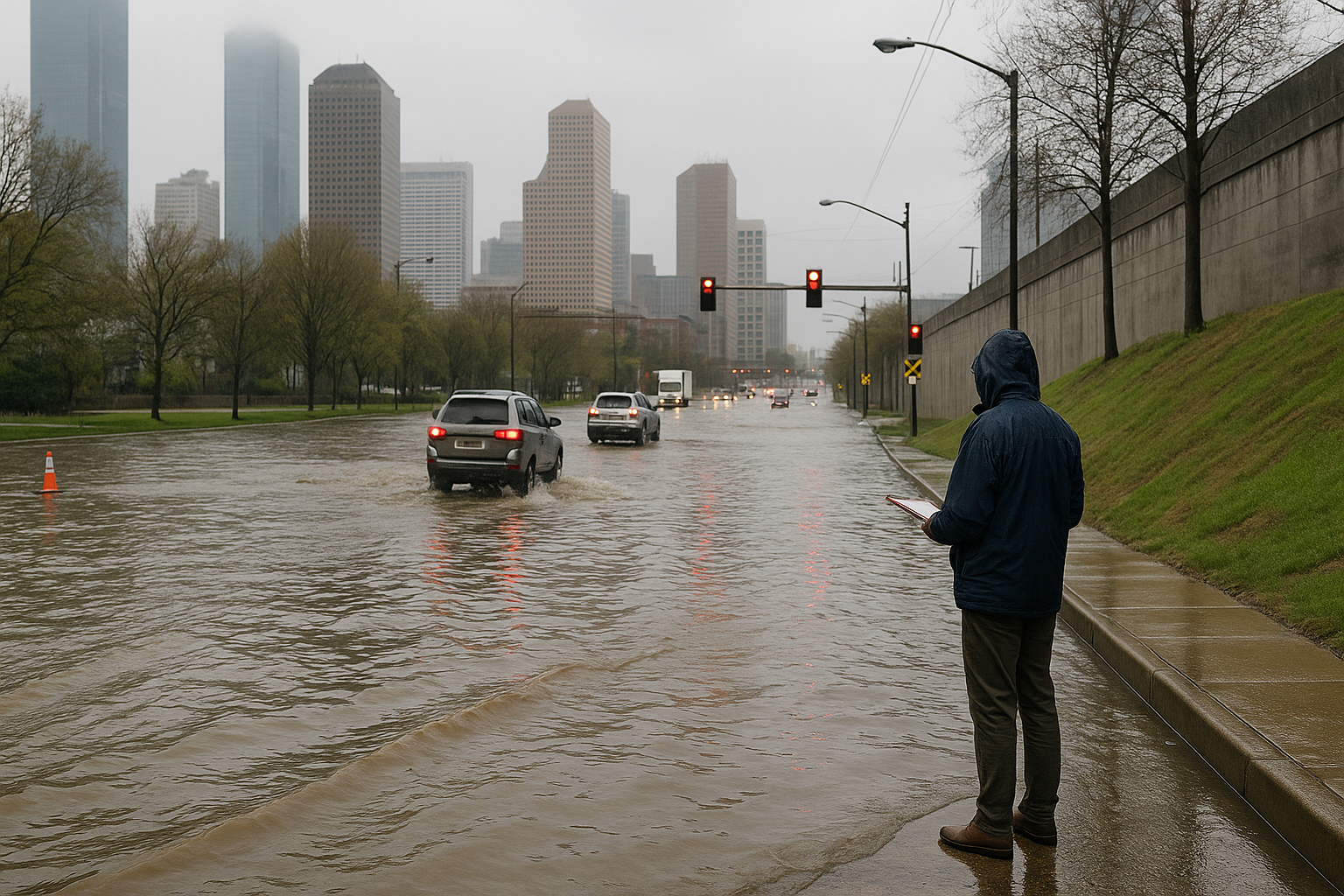Machine Learning could revolutionize flood resilience
One of the key insights from the study is the importance of explainable artificial intelligence (XAI). Black-box ML models, while powerful, are often criticized for their lack of interpretability. XAI techniques are helping bridge this gap, making predictions more transparent and actionable for decision-makers. This is particularly crucial in flood management, where trust in model outputs directly influences policy and emergency response.

With climate change intensifying the frequency of extreme weather events, traditional methods are not enough to mitigate flood risks. To address this crisis, researchers have published a comprehensive review that could redefine how communities prepare for and respond to flooding.
Their study, "Machine Learning for Flood Resiliency—Current Status and Unexplored Directions," published in Environments (2025), evaluates the role of machine learning in flood management and identifies critical areas where innovation is urgently needed.
How is machine learning transforming flood management?
Machine learning (ML) is increasingly being integrated into flood management strategies across the globe. Unlike traditional physics-based modeling, which has long dominated hydrological studies, ML algorithms can process vast datasets, detect nonlinear patterns, and provide real-time predictions. The authors review an extensive range of ML applications covering the full spectrum of flood management, from fluvial flood control to pluvial flood mitigation and community resilience assessment.
Deep learning models, particularly long short-term memory (LSTM) networks, are highlighted for their success in predicting reservoir inflows and outflows. These models can handle complex temporal dependencies, enabling more accurate forecasts. Convolutional neural networks (CNNs) have shown potential in detecting failures in levees and flood walls, adding a new layer of safety monitoring. Additionally, reinforcement learning (RL) has emerged as a promising tool for controlling low-impact development (LID) systems, enhancing the adaptability of urban flood management.
However, the authors note that conventional approaches still outperform deep learning and ensemble models in many scenarios due to limited data availability and high predictive variability. This reinforces the need for hybrid solutions that combine physics-based and data-driven models to leverage the strengths of both approaches.
What are the challenges in building flood-resilient communities?
The study goes beyond flood prediction to examine how ML can strengthen community resiliency. Resiliency, as defined by the authors, measures the ability of a community to withstand and recover from flooding hazards. It is influenced by demographic, economic, geographic, and engineering factors. Machine learning techniques are increasingly being used to map vulnerability, model hazards, and assess risks at granular levels.
Multi-criteria decision-making (MCDM) frameworks and unsupervised learning methods have been employed to evaluate community vulnerability. These methods capture a wide array of factors, from population density and land elevation to the availability of stormwater conveyance systems. Supervised learning algorithms have been instrumental in hazard modeling, but their effectiveness is limited when data is sparse or incomplete.
One of the key insights from the study is the importance of explainable artificial intelligence (XAI). Black-box ML models, while powerful, are often criticized for their lack of interpretability. XAI techniques are helping bridge this gap, making predictions more transparent and actionable for decision-makers. This is particularly crucial in flood management, where trust in model outputs directly influences policy and emergency response.
The authors also point out that community-focused resiliency planning demands more than technological advancement. It requires collaborative efforts involving flood managers, engineers, policymakers, and local stakeholders. Machine learning can provide the analytical backbone, but its integration into flood resiliency strategies depends on effective governance and cross-disciplinary cooperation.
Where are the unexplored directions for future research?
Despite significant progress, the study identifies several unexplored research areas where machine learning could play a transformative role. One of the most pressing challenges is the scarcity of high-quality, publicly available datasets. Limited data not only hampers the training of robust models but also restricts the generalizability of findings across different regions.
The authors highlight the potential of emerging technologies to address this gap. Advances in satellite-based remote sensing, drone-facilitated data collection, and Internet of Things (IoT) sensors can vastly expand the data pool available for ML applications. Low-cost sensor networks, in particular, could provide real-time flood data in regions currently underserved by monitoring infrastructure.
Transfer learning is another area with immense potential but remains largely unexplored. This technique allows models trained on data-rich environments to be adapted for use in ungauged basins, extending the benefits of ML to areas lacking historical data. Similarly, integrating physics-informed loss functions into ML models could improve their predictive performance while maintaining physical consistency.
The study urges better integration of explainable AI techniques, not only to enhance model transparency but also to build stakeholder confidence in ML-driven decision-making. As flooding events become more frequent and severe, deploying AI systems that are both accurate and understandable will be critical to saving lives and minimizing damage.
- FIRST PUBLISHED IN:
- Devdiscourse










